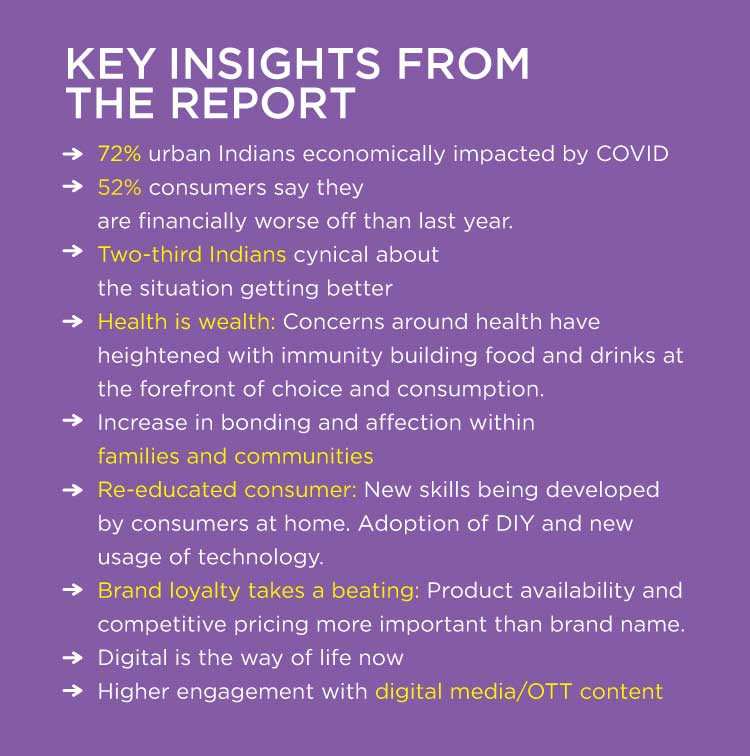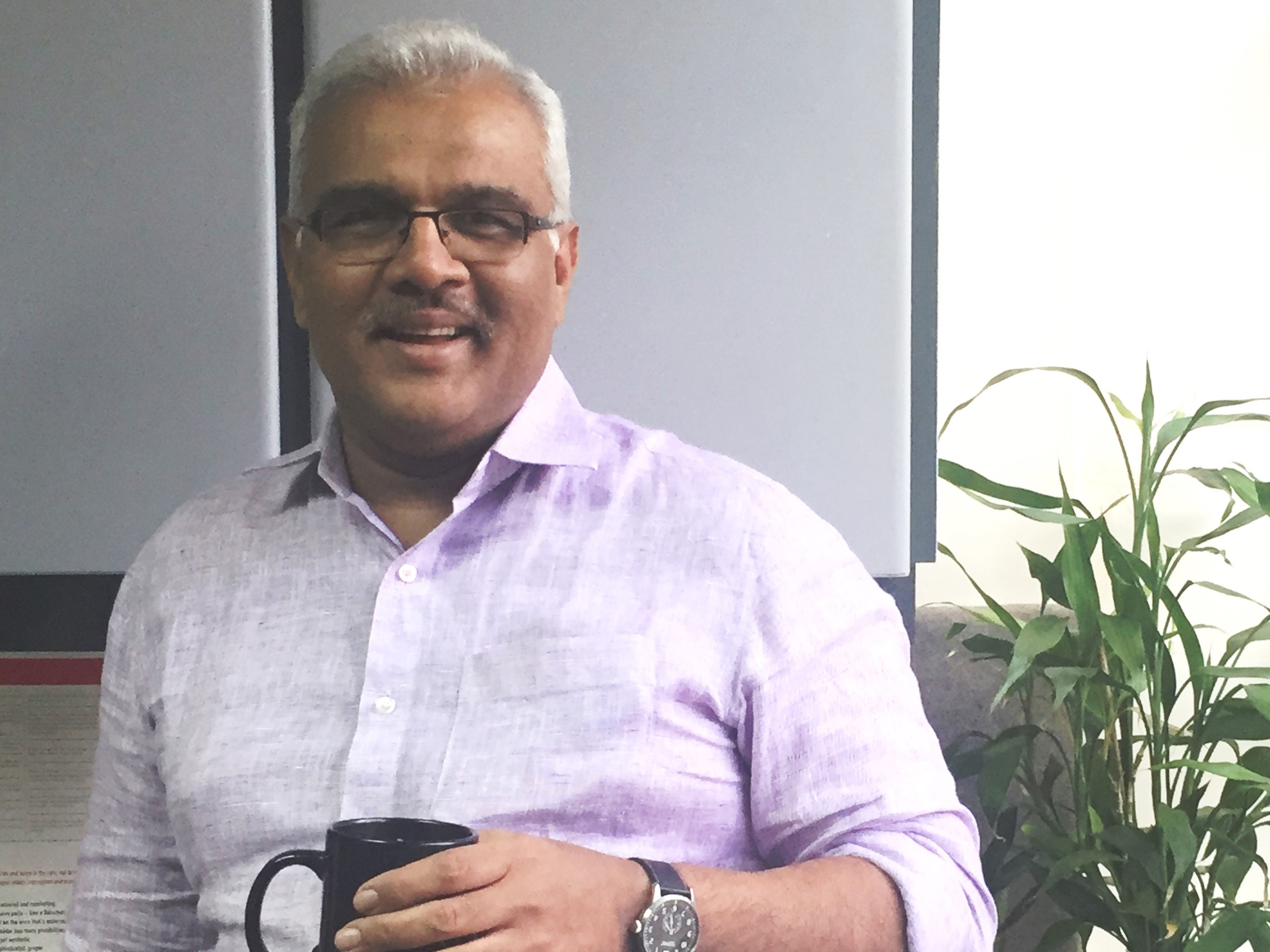The pandemic, on account of COVID-19, not only affected businesses all over the world, but has also led to significant changes in consumer behaviour. In an attempt to gauge these effects and impacts, Kantar has released the New Indian Consumer Report. The report captures critical aspects like consumer mindsets, category consumption, entertainment, shopping, online behaviour and social media consumption, health and fitness, and sentiments on returning to the ‘normal life”. Hemant Mehta, Managing Director, Insights Division & Chief Strategy Officer, South Asia, Kantar shares the key findings of the report, the main shifts in consumer behaviour, strategies that brands and marketers need to adopt for effective communication, and other insights. The report has been formulated as a result of a study with a sample size of 10,000 urban consumers ranging between 15-55 age groups; across 15 Indian states.
Edited excerpts:
Q] What have the key takeaways been from the report in terms of consumer sentiment and behaviour?
What marketers and brands need to recognise is that you are dealing with a consumer who has changed both in terms of behaviour and values. The consumer is extremely worried about their health and today, security and safety are paramount. There is also an added element of economic uncertainty, apprehensiveness and worry about job losses and salary cuts. The other aspect that the brands have to recognise is the re-bonding with the family and a larger purpose as far as the community is concerned. The consumer is a lot more knowledgeable when compared to before the pandemic. They are spending time researching on what is important to them and have also acquired and learnt new skills during this period. This is an important aspect that brands need to pay attention to. The third behavioural change is that the consumer is seeking convenience. With restricted movements, consumers now expect products and services to be delivered to them and this will have a big impact on distribution of products or services. Also, the needs of the consumers – be it education, work and even transactions - are now managed digitally. The consumers have collectively undergone a spree of changes which are getting ingrained. Therefore, brands need to recognise these changes and tailor their offerings or strategies to deliver to their audience. Our surveys show that 72% of urban Indians have been economically impacted by COVID. The consumer is looking at managing their wallet, budget and lifestyle that they lead with lesser money. In that case, brands need to examine how they add value so that the consumer selects them and this is the key message for marketers.
Q] The report also states that brand loyalty has taken a beating. Can you elaborate on this?
Brand loyalty has taken a beating due to two main factors. During the lockdown, access to products was a big concern. In this scenario, if a consumer’s regular favourite brand was not available, the consumer looked at and experimented with other brands that were available and looked to get the product they needed. Then came the second phase where there were salary cuts and job losses. This led to consumers looking for value and balancing their budget. It’s not like trust has eroded, but there were extraneous circumstances which forced consumers to experiment with other brands. That is where brand loyalty has taken a beating. I am sure that once things stabilise, people will go back to the brands that they trust.
Q] How would you compare the sentiment in metros vis-à-vis the non-metros?
If you look at the overall sentiment, metros have been impacted more. In smaller towns, economic opportunities weren’t impacted as much. The dependence on corporate sector in metros is higher and people here are far more cautious and worried. There are two distinct things that we notice – people above 45 are worried about their jobs and the continuity of their jobs. On the other hand, the youth entering the workforce are worried about job opportunity and whether they are skilled enough to be absorbed in a company and if there is enough demand.
Q] How do you expect the consumer sentiment to evolve in 2021?
I wish I had a crystal ball and could give you an answer because we are living in uncertain times. If you go by some of the indicators that we see in terms of how the economic activity has picked up, there are reports that companies have rolled back salary cuts. There are also reports about government stimulus. Personally, I believe we will see a positive movement coming back. All indicators are looking positive as people try to get back to their daily lives, but it’s an evolving situation. If we have another wave or there is a spike in new cases, this will impact the sentiment.























